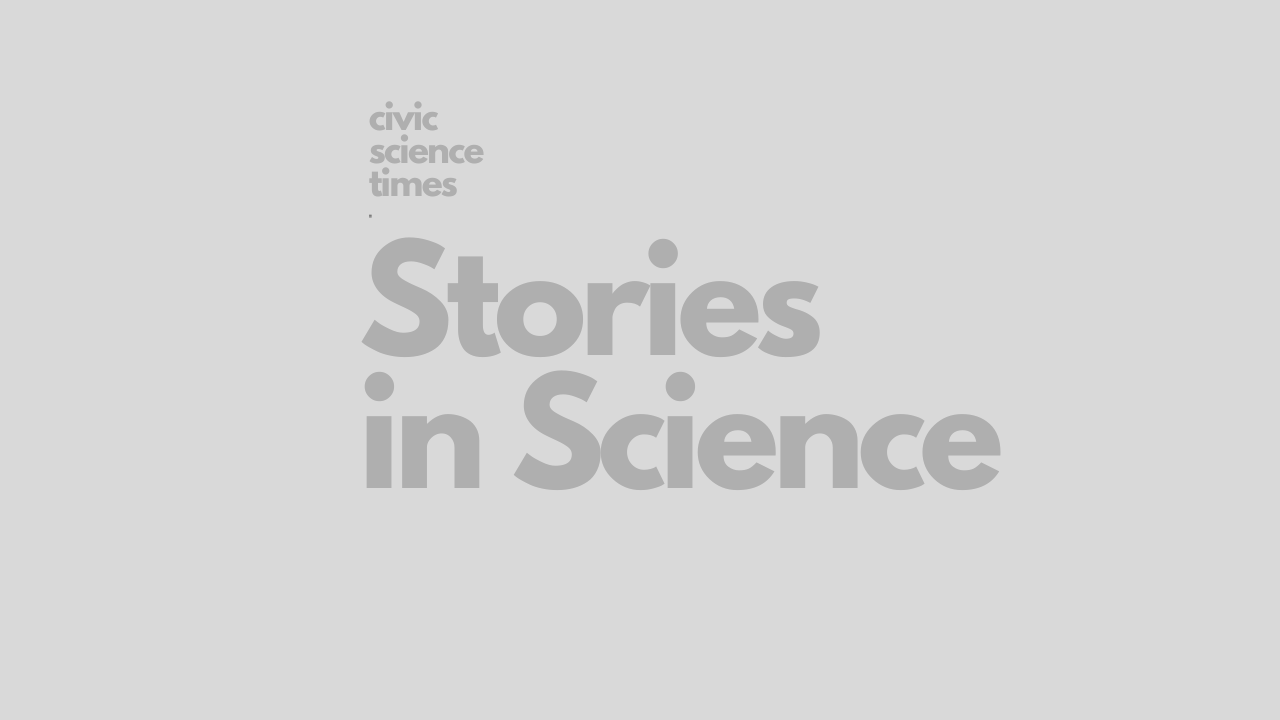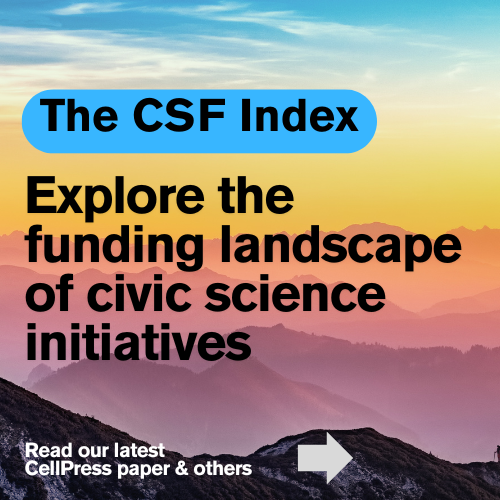CSO - Stories in Science
The Spirit of the Inca
Aiza Kabeer: “When we are not aware of the achievements of civilizations such as the Inca, we are unable to see the breadth of cultures that made outstanding scientific progress.”

Aiza Kabeer
[su_boxbox title=”About”]The story below is part of the Scientific Tradition (SciT) project from the STEM Advocacy Institute (SAi). My hope is that eventually this collection of stories will serve as an introductory resource to fill in the gap we have in science history, and benefit those who might not otherwise have found inspiration in the past. Stay tuned as we slowly but surely build a database that will present an alternative view of science history which can also be viewed on Medium. Learn more about the project HERE.[/su_boxbox]
“For us, the bridge is the soul and spirit of our Inka that touches and caresses us like the wind.”
[dropcap]S[/dropcap]preading from what is now Ecuador to present day Chile, the Inca Empire was the largest empire to exist in the Americas, and it flourished between 1400-1533 CE. The Inca built a sophisticated civilization with a unique belief system, culture and infrastructure. Today the remains of their civilization, such as Machu Picchu in the Andes Mountains, are marvels.1
Victoriano Arizapana is a chakakamayoq (bridge building specialist) in present day Peru. The knowledge he possesses was passed down from one generation to the next for centuries since the time of the Inca. Victoriano leads the sacred task of rebuilding the Q’eswachaka bridge. Each year, descendants of the Inca in the surrounding area gather to rebuild the bridge in an important tradition tied to the spirit of the Inca. For the descendants of the Inca, it honors their ancestors and the Earth.2
Q’eswachaka is a 120 foot grass bridge that spans the Apurimac River in Peru, and it is the last Incan suspension bridge of its kind.3 Three hundred years before Europe saw its first suspension bridge, the Inca had built roughly 200 suspension bridges throughout the Andes.4 When Spanish conquistadors showed up in the region, they were reduced to crawling across these bridges in fear, though the bridges could have supported up to 200,000 Ibs.3
In addition to rope bridges and other feats of engineering, the Inca achieved marvels with water. If we look at Incan cosmology, water has a place of importance. According to Incan beliefs, everything originates from the sea. Overall, they believed in a system that included surface water, water that flows on soil, and sea water.5,6 Water was also seen as a force of purity, both in actual usage (to wash away impurities) but also in spiritual usage, as a source of power.5,6 Lake Titicaca, on the border of present day Peru and Bolivia, was believed to be the birthplace of the sun, moon and stars. Each time the Inca settled in a new place, water from their former home would be poured on the new land as a way to tie it back to their origins in Lake Titicaca. This lent the new settlement legitimacy.5
Today, the settlement Tipon is an American Society of Civil Engineering (ASCE) historic landmark, as its “engineering feats represent the achievement of what was considered an impossible dream”.7 For example, terraces were made to survive cold winter nights by absorbing sunlight during the day (to prevent frost), and vertical hydraulic drops up to 15 ft high were engineered so that splashes were minimized.8
When we are not aware of the achievements of civilizations such as the Inca, we are unable to see the breadth of cultures that made outstanding scientific progress.
Here was a cultural tradition in which observation of the physical world was a part and parcel of both culture and practical needs. The Inca had no writing system (or iron, or wheels9), but they were still able to design amazing infrastructure. Furthermore, the scientific accomplishments listed here are far from exhaustive. (Imagine, a 24,000 mile road network that was constructed entirely by hand. Incidentally, the sustainability of this network was related to the Inca’s knowledge of water9). The advancements made by the Inca solved practical problems in their day to day lives while incorporating their spiritual beliefs – a culture and belief system far removed from the West’s, yet it still produced amazing scientific progress.10 Stories such as the Inca’s remind us that scientific achievement is not limited by the stereotypes we have today.
When we are not aware of the achievements of civilizations such as the Inca, we are unable to see and appreciate the breadth of other cultures that made outstanding scientific progress. An incomplete history gives us inaccurate perceptions of how science has manifested itself over time and across humanity. For the Inca, not only was science something applied to realistic problems, it was linked to their culture and belief system. Even though the Q’eswachaka bridge and the remains of Incan civilization are all that we have left today, in the words of Victoriano Arizapana – “It has life, and it has power.” 2
Image by LoggaWiggler from Pixabay.
References
- Cartwright M. Inca Civilization2014. Available from: https://www.ancient.eu/Inca_Civilization/.
- Dassler G. The Spirit of the Inka Survives in the Q’eswachaka Bridge2020. Available from: https://festival.si.edu/blog/2015/the-spirit-of-the-inka-survives-in-the-qeswachaka-bridge/.
- Dall N. A closer look at Inca rope bridges2016. Available from: https://www.saexpeditions.com/blog/post/a-closer-look-at-inca-rope-bridges.
- Foer J. The Last Incan Grass BridgeFeb 22 2011. Available from: http://www.slate.com/articles/life/world_of_wonders/2011/02/the_last_incan_grass_bridge.html.
- Mazadiego L, Puche O, Hervas A. Water and Inca cosmogony: Myths, geology and engineering in the Peruvian Andes. Geological Society London Special Publications. 2009;310(1):17-24.
- Bray T. WATER, RITUAL, AND POWER IN THE INCA EMPIRE. Latin American Antiquity. June 2013;24(2):164-190.
- Historic Landmarks | ASCE 2020 [Available from: https://www.asce.org/landmarks/.
- Tipon | ASCE 2020 [Available from: https://www.asce.org/project/tipon/
- O’Brien J. Inca Road: The ancient highway that created an empire2015. Available from: https://www.bbc.com/news/magazine-33291373.
- Kabeer A, Tsai JW. Rectify biased interpretation of science history. Nature. 2018;560(7716):29.
Metrics
Sessions
Total number of Sessions. A session is the period time a user is actively engaged with the page.
Visitors
Users that have had at least one session within the selected date range. Includes both new and returning users.
Page views
Pageviews is the total number of time the article was viewed. Repeated views are counted.
The CS Media Lab is a Boston-anchored civic science news collective with local, national and global coverage on TV, digital print, and radio through CivicSciTV, CivicSciTimes, and CivicSciRadio. Programs include Questions of the Day, Changemakers, QuickTake, Consider This Next, Stories in Science, Sai Resident Collective and more.

-
Civic Science Observer4 weeks ago
What are the objectives of the Neurotech Justice Accelerator at Mass General Brigham?
-
Civic Science Observer3 days ago
Meet the New Hampshire organization changing the way we see insects
-
Civic Science Observer2 months ago
Dear Colleagues: Now is the time to scale up public engagement with science
-
Civic Science Observer5 days ago
Dear Colleagues: Help us understand the national impacts of federal science funding cuts on early career researchers in academic laboratories























